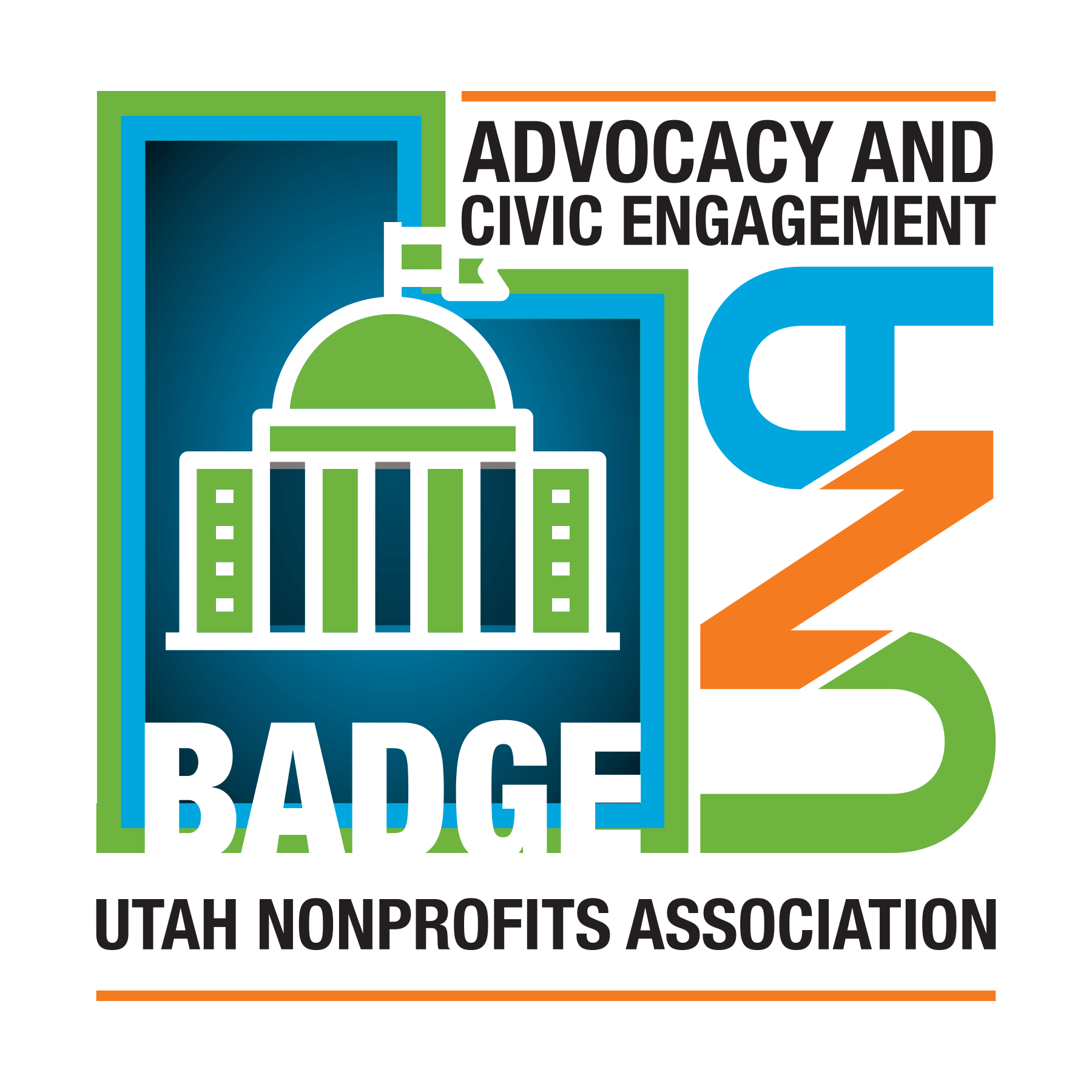
Be the Voice Your Community Needs
You know the stakes are high. The people you serve need a voice, and your mission depends on breaking through barriers to influence policies and laws that shape their lives. But how do you balance your passion with the overwhelming complexities of government policies and legislative processes?
The Nonprofit Credential in Advocacy and Civic Engagement is designed to help. Gain the tools and strategies to lead transformative campaigning efforts with confidence. From crafting organizational policies to mobilizing collective action and engaging in the legal and government landscapes, this credential empowers you to turn your passion into policy and create lasting change for the communities you serve.
Learn how to:
- Develop a comprehensive campaigning plan for your organization
- Craft a public narrative that drives action and change
- Keep your nonprofit organization protected by learning about government endorsements and lobbying laws
- Learn how to engage more effectively with your elected officials
Be bold and make your organization heard to create a lasting impact for your community.
Upon completion, your organization will earn the Nonprofit Credential Advocacy and Civic Engagement Badge, a mark of excellence to share with your network and show the world you’re serious about making an impact.
Advocacy and Civic Engagement will be held on October 22 and 23, 2025.*
Each of the nine Nonprofit Credential courses is offered online, once in a calendar year. Please check the UNA Event Calendar for all upcoming courses.
While it's more beneficial to attend the live courses, we record the sessions so you can watch them on your schedule.
Cost:
UNA Member Rate: $180 for the first person/$40 for each additional participant
Not-Yet-Member Rate: $360 for the first person/$80 for each additional participant
*Dates are subject to change up to 30 days prior to the first session.
Advocacy and Civic Engagement Badge Requirements
Badge Requirement 1: Campaigning Plan
Document how your mission, vision and values articulate the change you are seeking to bring about and designate your focus on individual change theory (direct service impact), systems change theory (cumulative impact) or both. Effective plans include the following components. Wherever possible, this data should include demographic analysis including different life stages, backgrounds, financial situations, and perspectives.
1. Measuring change: Document or provide templates used to measure the impact your organization is having on the change it is seeking to bring about.
2. Communication channels: Document your organization’s use of multiple communication channels to amplify important messaging for the organization and advance campaigning efforts. Include a description of who is responsible for such messaging and how partnerships with communications sources are cultivated.
3. Stakeholder engagement: List or document local, state, and national policies, departments, committees, task forces, elected officials and stakeholders whose interests intersect with your organization’s mission. Document how relationships or interactions are developed and cultivated with these entities.
Badge Requirement 2: Public Narrative
Provide two to three samples of public narratives used by the organization and its advocates. Examples of content for public narratives include: why individual leaders/advocates are involved in the cause, why community members should care about the cause, what urgent challenges within the community require actions and how individuals can become involved.
Badge Requirement 3: Public Policy
Organizations are strongly encouraged to have public policy statements on the types of legislation and policy follow as well as the relationships between those policies and organizational priorities for social justice.
1. Policy change: Provide an example of a policy change the organization has brought about, is in the process of affecting, has plans to implement or is reacting to. How does your organization systematically track and follow potential policy changes that may impact your constituents?
2. Credibility: How is your organization establishing itself as a credible entity within social movement and by those most impacted by the issue? If your organization works with policy makers, explain how your organization is working to be deemed influential and credible by policymakers. Examples of this may include: presence and participation in key policy meetings, distribution of information on topics of which the organization is a subject matter expert, ability to gather a critical mass of individuals willing to testify, write to legislators, gather at the Hill, gain media attention and the like.
3. Influence: Define what success in influence and credibility looks like. Examples of this may include appointment to task force or committee, contact from policymakers prior to vote on bills affecting your population, regular meetings with policymakers, inclusion in drafting of policy proposals and the like Intersecting interests (regarding campaigning). If your organization works with elected officials, list or document local, state, and national policies, departments, committees, task forces and elected officials that intersect with your organization’s mission. Document how relationships or interactions are developed and cultivated with these entities.
Badge Requirement 4: Reciprocal Partnerships and Coalition Building
How does your organization partner with institutions, organizations, and those most impacted by the issues for mutual benefit? Reciprocity is more than a transactional exchange and should include participatory decision-making, power-sharing, and elevated influence. Documentation may include a copy of a contract, memorandum of understanding, other formalized document, coauthored grants or description of commitments for potential collaboration.
1. Educational partnerships: Higher education, K-12 school systems, and community education efforts offer opportunity to foster education and engagement around your issues of focus. Educational partnerships can also expand organizational capacity and inform decision-making processes through engaged research, direct service, internships and more.
2. Grassroots and community partnerships: Not all campaigning and civic engagement takes place through formal organizations. Grassroots and community partnerships should strive to break down barriers between and within communities and apply resources to foster people power. Organizations should strive to continually re-evaluate what it means to authentically engage with communities.
3. Organizational partnerships: Other organizations that can play a role in affecting the change your organization seeks should be brought to the table to identified common goals and share information. These organizations can include other nonprofits, government agencies, for profit entities, and more.

Subject Matter Expert: Jennifer Seelig
Jennifer Seelig has been involved in politics and public service for three decades at a policy-making and leadership level in both the private and public sectors for such entities as the City of Salt Lake, the Utah League of Cities and Towns, 1-800 CONTACTS, and for Utah State University. Jennifer was elected by District 23 residents in November of 2006 to the Utah House of Representatives. In 2012, her caucus colleagues elected her House Minority Leader - the first female in Utah’s history to serve in this role. She retired from elected office in 2015 in order to finish her PhD in Political Science -which was completed in the fall of 2018 from the University of Utah. Jennifer's research area of interest is in community based organizations and their capacity to empower people politically. She has a Master of Public Administration degree from the University of Utah and a BA in English from the University of Louisville.
